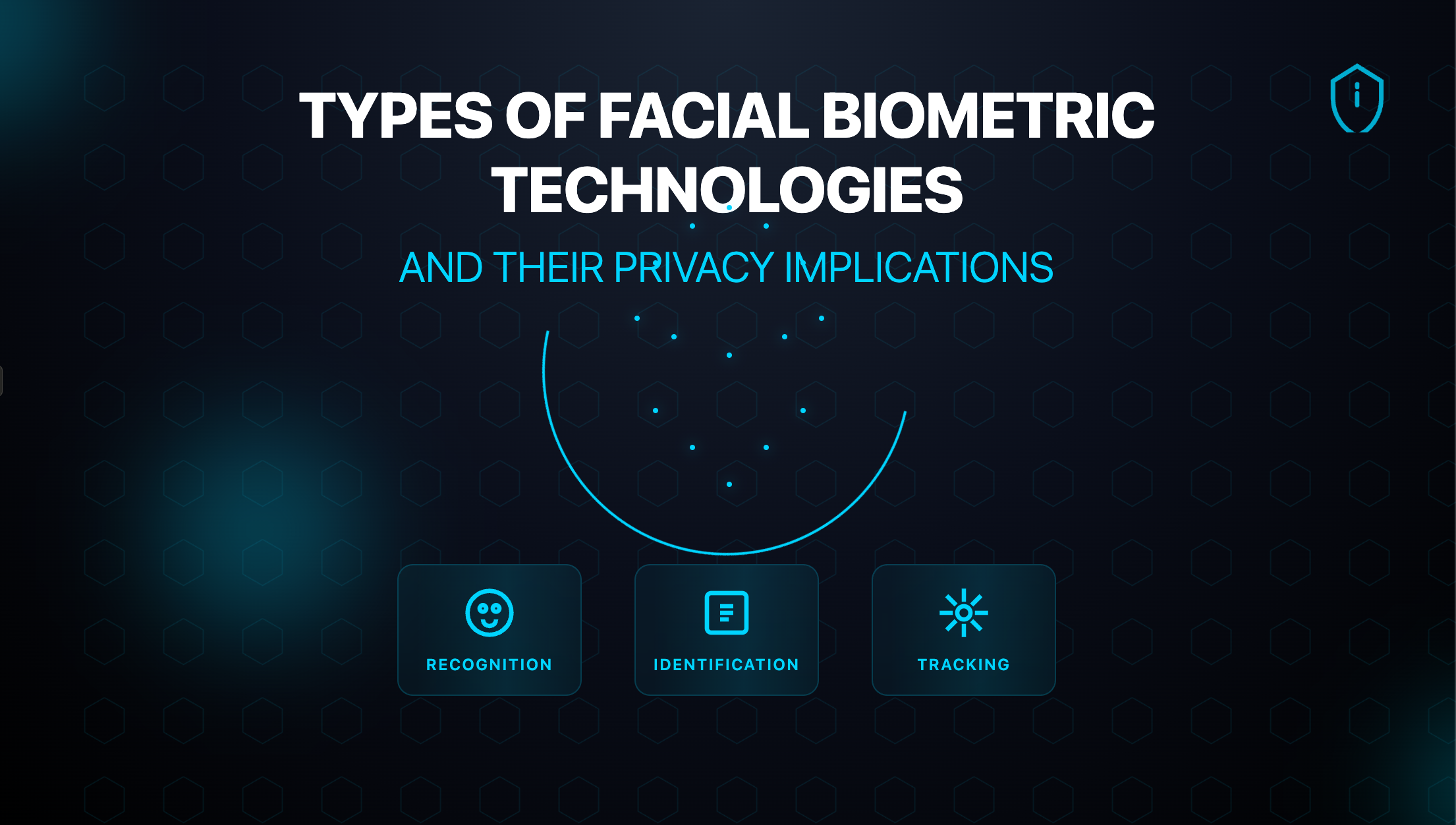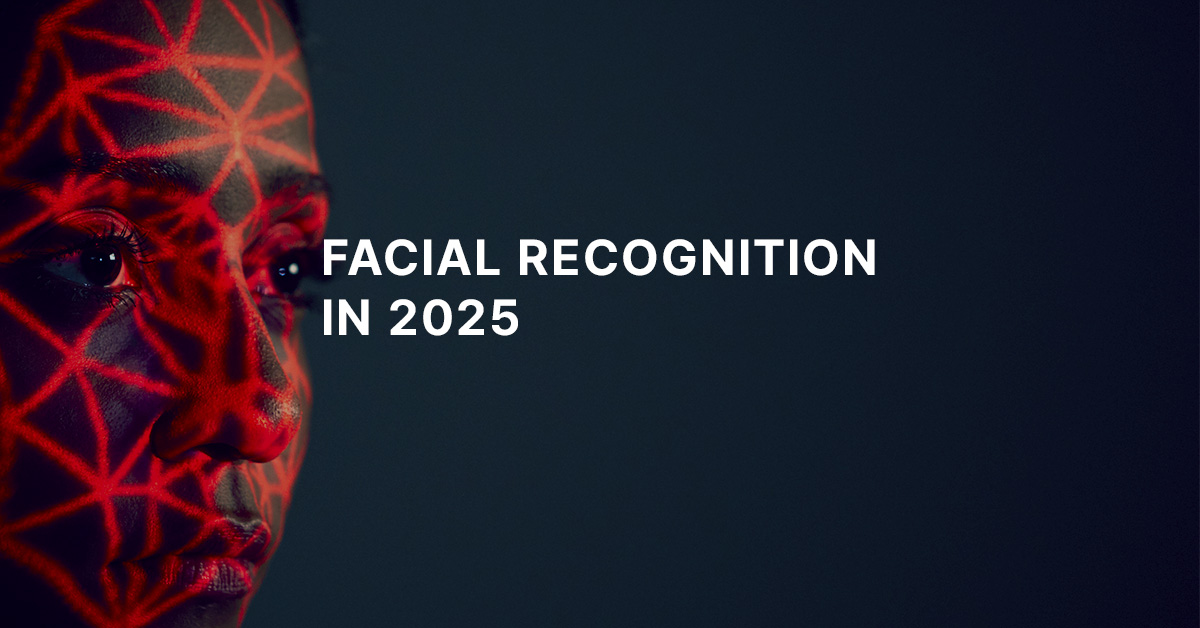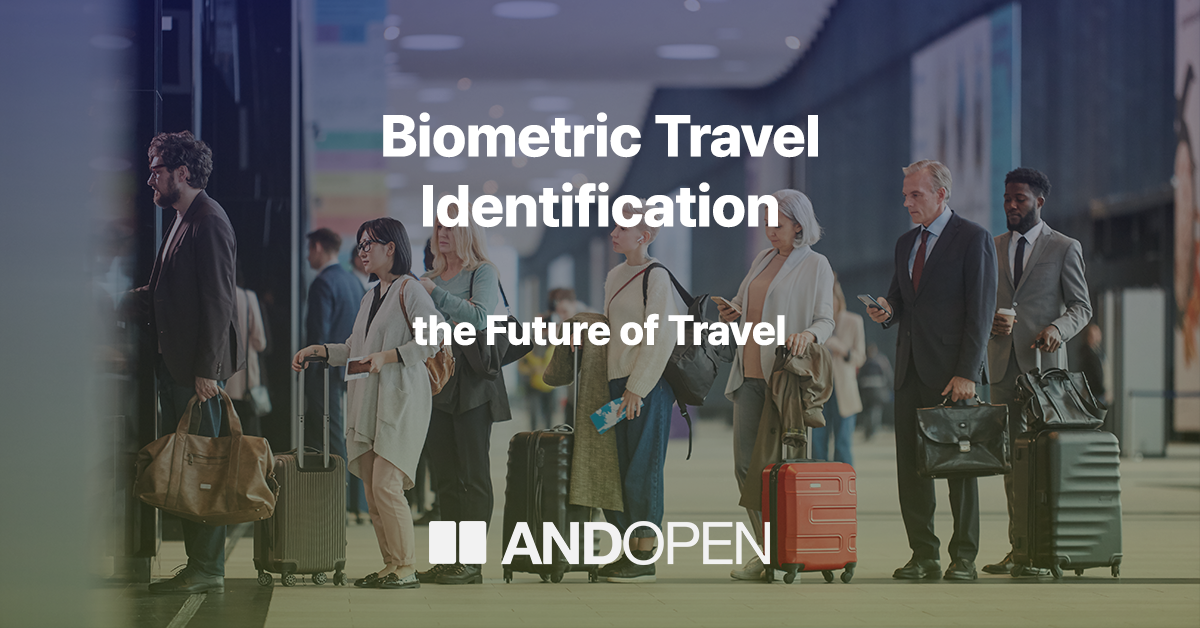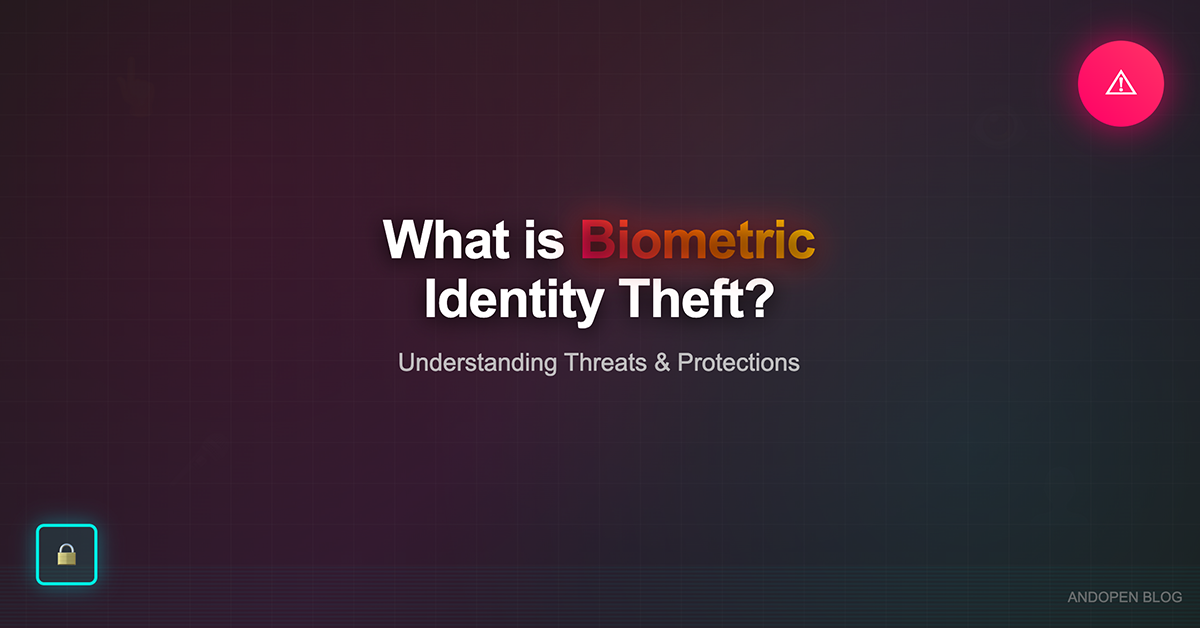Facial recognition technology has evolved from science fiction to an $8 billion global market, fundamentally reshaping how we think about identity, security, and privacy. As organizations navigate this complex landscape of opportunity and risk, understanding the distinctions between different facial technologies—and their profound implications for personal privacy—has never been more critical.

The past year alone has witnessed watershed moments in facial recognition: Meta’s record-breaking $1.4 billion settlement with Texas, the EU AI Act’s historic bans taking effect, and revolutionary privacy-preserving approaches that challenge everything we thought we knew about biometric authentication. For businesses considering facial recognition deployment, the stakes—both financial and reputational—have reached unprecedented heights.
This comprehensive guide examines the technical foundations, privacy implications, and regulatory requirements shaping facial recognition in 2025, while exploring how emerging privacy-first technologies like SNAPPASS are redefining what’s possible when security and privacy converge.
Understanding the three faces of facial technology
The terms “facial recognition,” “facial identification,” and “facial tracking” are often used interchangeably, yet they represent fundamentally different technologies with distinct capabilities, use cases, and privacy implications. Understanding these differences is essential for compliance, ethical deployment, and informed decision-making.
Facial recognition answers “is this the right person?”
Facial recognition operates as a 1:1 matching system, verifying whether a captured face matches a specific, known identity. Think of it as a sophisticated digital bouncer checking IDs at an exclusive venue—it confirms you are who you claim to be.
The technology employs convolutional neural networks (CNNs) and increasingly, Vision Transformers (ViTs), which have demonstrated 23% faster inference with smaller memory footprints. These systems extract unique facial characteristics—the distance between eyes, nose shape, jawline contours—creating a mathematical “faceprint” that’s compared against a stored template. Modern systems achieve 99.85% accuracy under optimal conditions, with false acceptance rates below 0.1% for high-security applications.
Primary applications include smartphone authentication (Apple Face ID processes over 1 billion unlocks daily), secure building access, and financial transaction verification. The technology has become so ubiquitous that 42% of users now access their financial institutions using facial verification, fundamentally changing how we think about digital security.
Facial identification searches “who is this person?”
Facial identification represents a 1:N matching system, comparing an unknown face against potentially millions of database entries to find matches. Unlike recognition’s targeted verification, identification casts a wide net, searching for needles in digital haystacks.
This technology leverages advanced database architectures and distributed processing to handle massive scale—modern systems process 100,000+ templates per second, enabling real-time identification across databases containing millions of identities. Law enforcement agencies use it to identify suspects from surveillance footage, while social media platforms automatically tag billions of photos. Over 100 U.S. police departments now employ facial identification services, with Customs and Border Protection alone processing 300 million travelers and stopping 1,800+ impostors using the technology.
The scalability comes with heightened privacy concerns. Unlike recognition’s consensual nature, identification often occurs without individual awareness or consent, creating what privacy advocates call a “perpetual lineup” where everyone becomes a potential suspect.
Facial tracking monitors “where is this person going?”
Facial tracking focuses on real-time behavioral monitoring, continuously following faces across video frames to analyze movement patterns and interactions. Rather than answering questions of identity, it maps trajectories and behaviors.
Modern tracking systems monitor 151+ facial landmarks in real-time, enabling sophisticated analysis of head pose, gaze direction, and even emotional states. Processing at 30-60 frames per second, these systems can simultaneously track multiple individuals across camera networks, creating detailed movement maps and behavioral profiles. Automotive companies use the technology for driver attention monitoring, retailers analyze shopping patterns, and researchers study crowd dynamics.
The technology’s strength—persistent, passive monitoring—also represents its greatest privacy threat. Unlike recognition or identification’s discrete moments of verification, tracking creates continuous surveillance streams that can reveal intimate patterns of daily life.
The privacy paradox of biometric authentication
Facial recognition technology creates what researchers call an “irreversible privacy paradox.” Unlike passwords that can be changed or credit cards that can be cancelled, faces are immutable. Once compromised, facial biometric data creates permanent vulnerabilities that follow individuals throughout their lives.
Data collection without boundaries
Modern facial recognition systems create biometric templates from up to 68 distinct facial data points, generating mathematical representations that cannot be encrypted using traditional methods. These templates persist across corporate databases, government systems, and increasingly, public-private surveillance networks that blur traditional boundaries of data ownership.
Meta alone has processed billions of faces, leading to their $1.4 billion settlement with Texas—the largest privacy settlement ever obtained by a single state. The FBI’s FACE Services database contains over 400 million non-criminal photos sourced from state DMVs and passport applications, with at least 16 states providing direct access to driver’s license photos. This vast data collection occurs largely without individual awareness; Project NOLA in New Orleans operated secret real-time facial recognition for two years before public disclosure, scanning every face in public areas and generating alerts to officers’ phones.
Corporate retention policies vary wildly. While some companies claim immediate deletion after verification, industry standards typically allow three-year retention periods. Cloud storage amplifies risks—centralized databases become honeypots for hackers, with breaches like Biostar 2’s exposure of 27.8 million biometric records demonstrating the catastrophic potential of compromised facial data.
Discrimination encoded in algorithms
Despite industry claims of algorithmic neutrality, facial recognition technology exhibits persistent accuracy disparities across demographic groups. NIST testing reveals error rates for women of color reaching 35%, compared to less than 1% for white males. These aren’t mere statistical anomalies—they translate to real-world harm.
The technology creates what civil rights advocates call “algorithmic Jim Crow”—systematic discrimination encoded in mathematical models, disproportionately subjecting minorities to false accusations, wrongful arrests, and perpetual surveillance.
Function creep and the surveillance state
Function creep—the gradual expansion of surveillance systems beyond original purposes—has become endemic to facial recognition deployment. Airport security systems installed for anti-terrorism evolve into general law enforcement tools. Retail loss prevention expands to customer behavior tracking. COVID-19 contact tracing infrastructure transforms into permanent surveillance networks.
Madison Square Garden’s use of facial recognition to ban attorneys suing the company from attending events exemplifies this mission drift. What begins as security becomes a tool for corporate retaliation, political suppression, and social control. The technology enables what privacy researchers call “panopticon effects”—behavioral modification through the mere possibility of observation, creating chilling effects on protest participation, political expression, and public life.
Navigating the global regulatory maze
The regulatory landscape for facial recognition has undergone seismic shifts in 2024-2025, with major jurisdictions implementing increasingly stringent controls that fundamentally reshape deployment possibilities.
Europe’s AI Act sets the global standard
The EU AI Act, with prohibitions taking effect February 2, 2025, establishes the world’s most comprehensive facial recognition restrictions. The legislation bans untargeted scraping of facial images from the internet or CCTV for database creation, prohibits real-time biometric identification in public spaces (with narrow law enforcement exceptions), and forbids emotion recognition in workplaces and schools.
Under GDPR Article 9, biometric data receives special category protection, requiring explicit consent, comprehensive Data Protection Impact Assessments, and demonstrable necessity. The Spanish Data Protection Authority has been particularly aggressive, issuing €27,000 fines against gyms for mandatory biometric access and sanctioning football clubs for stadium facial recognition systems. Companies face penalties up to €35 million or 7% of global turnover for violations—existential threats that demand comprehensive compliance strategies.
America’s patchwork creates compliance complexity
The United States lacks comprehensive federal biometric legislation, creating a complex patchwork of state laws with varying requirements and enforcement mechanisms.
Illinois’ Biometric Information Privacy Act (BIPA) remains the gold standard, requiring written consent before collection, establishing strict retention limits, and providing a private right of action with statutory damages of $1,000-$5,000 per violation. Over 1,500 lawsuits have been filed since 2018, with Facebook’s $650 million settlement and Clearview AI’s innovative $51.75 million equity settlement (giving the class a 23% ownership stake) demonstrating the law’s teeth.
California’s CCPA/CPRA grants consumers rights to know, delete, correct, and limit use of biometric data, with the California Privacy Protection Agency providing enforcement. Texas’ CUBI enables only attorney general enforcement but generated Meta’s record $1.4 billion settlement. Meanwhile, 15 states now restrict law enforcement use, with Montana and Utah becoming the first to require warrants for police facial recognition deployment. (NPR)
China’s PIPL and global variations
China’s Personal Information Protection Law classifies biometric data as sensitive personal information requiring “specific purpose and sufficient necessity,” with penalties reaching CNY 50 million or 5% of turnover. The law’s extraterritorial reach affects any organization processing Chinese citizens’ data globally.
Canada’s Privacy Act mandates direct collection from individuals with limited exceptions. Australia emphasizes privacy by design through the Office of the Australian Information Commissioner. India’s proposed legislation would require in-country biometric data storage. This global regulatory divergence creates compliance challenges for multinational deployments, often requiring adoption of the highest standard—typically BIPA or GDPR—as a baseline.
Public sentiment reflects nuanced acceptance
Public attitudes toward facial recognition demonstrate contextual complexity rather than blanket rejection. A survey by the Pew Research Center revealed that 56% of Americans trust law enforcement to use the technology responsibly, while only 36% extend similar trust to technology companies and a mere 18% to advertisers.
Acceptance varies dramatically by use case. 53% favor facial recognition for credit card payment security, 51% for apartment building access, but 57% oppose automatic identification in social media photos. Younger generations and marginalized communities express heightened skepticism, shaped by documented algorithmic bias and discriminatory impacts.
The technology faces what researchers call a “trust deficit“—79% of Americans worry about government use, while 64% express concerns about private sector deployment. This sentiment drives both regulatory momentum and corporate policy adjustments.
Corporate moratoriums reshape the landscape
Major technology companies’ facial recognition moratoriums, initiated during 2020’s racial justice protests, continue reshaping market dynamics. IBM completely withdrew from the market. Amazon maintains an indefinite moratorium on police sales of Rekognition. Microsoft banned law enforcement use pending federal human rights legislation and extended restrictions to Azure OpenAI services in 2024.
These moratoriums created market opportunities for smaller vendors like Clearview AI, NEC, and Cognitec, who continue serving law enforcement without similar restrictions. The policy divergence highlights tensions between corporate social responsibility, regulatory compliance, and commercial opportunity.
Technological advances enable privacy preservation
Recent advances in privacy-preserving technologies offer potential reconciliation between security benefits and privacy protection. Homomorphic encryption enables facial recognition on encrypted data, though 500x ciphertext expansion currently limits practical deployment. Federated learning allows collaborative model training without centralizing biometric data. Edge computing keeps processing local, achieving sub-40ms latency while eliminating network transmission risks.
Vision Transformers demonstrate superior performance to traditional CNNs with 23% faster inference and improved handling of occlusions. Anti-spoofing technologies combining 3D depth sensing, thermal imaging, and liveness detection combat increasingly sophisticated deepfake threats—32% of UK security breaches in 2024 involved deepfake incidents.
Conclusion: The future of facial recognition is privacy-first
The facial recognition industry stands at an unprecedented crossroads. Technological capabilities have reached near-perfection—99.85% accuracy under optimal conditions— while simultaneously triggering the strongest regulatory backlash in the technology’s history. The EU AI Act’s sweeping prohibitions, 15 U.S. states’ law enforcement restrictions, and $1.4 billion settlements signal that the era of unconstrained biometric surveillance is ending.
Yet the technology’s benefits remain compelling. 42% of banking customers prefer facial authentication. Airports process 300 million travelers more efficiently. Retailers combat $100 billion in organized crime. The challenge isn’t whether to use facial recognition, but how to deploy it ethically, legally, and sustainably.
Privacy-first architectures like SNAPPASS demonstrate that this isn’t a zero-sum game. By reimagining system design—distributing control to users, eliminating centralized databases, processing locally—organizations can capture security benefits while exceeding privacy requirements. The future belongs not to those who collect the most biometric data, but to those who achieve the most while collecting the least.
For organizations evaluating facial recognition deployment, the message is clear: privacy isn’t a compliance burden but a competitive advantage. In an era of $1.4 billion settlements, 7% revenue penalties, and irreversible reputational damage, privacy-first isn’t just ethical—it’s existential. The question isn’t whether to prioritize privacy, but whether your organization will lead this transformation or be left behind by it.


